
| Recorded by: Mark Basinger on 2025-11-12
Lee Co.
Comment: | 
| Recorded by: Mark Basinger on 2025-11-09
Pender Co.
Comment: |

| Recorded by: Mark Basinger on 2025-11-05
Wilson Co.
Comment: | 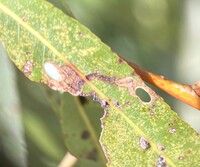
| Recorded by: Dean Furbish on 2025-10-23
Pender Co.
Comment: |
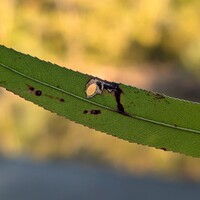
| Recorded by: Jeff Niznik on 2024-10-20
Durham Co.
Comment: | 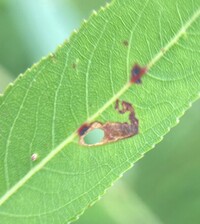
| Recorded by: Dean Furbish, Lior S. Carlson on 2024-08-12
Pamlico Co.
Comment: |
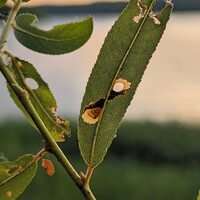
| Recorded by: Jeff Niznik on 2024-06-27
Chatham Co.
Comment: | 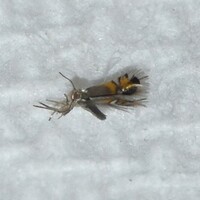
| Recorded by: Jeff Niznik on 2024-06-27
Chatham Co.
Comment: |
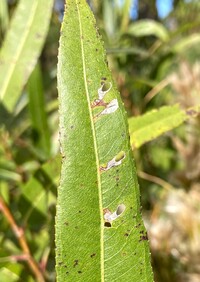
| Recorded by: Dean Furbish on 2023-10-27
Pender Co.
Comment: | 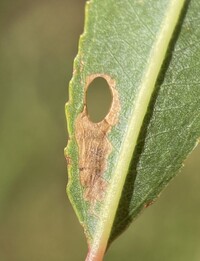
| Recorded by: Dean Furbish on 2023-10-23
Pender Co.
Comment: |

| Recorded by: Stephen Dunn on 2023-09-28
Orange Co.
Comment: | 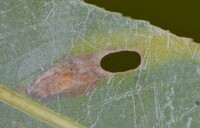
| Recorded by: Stephen Dunn on 2023-09-28
Orange Co.
Comment: |

| Recorded by: Dean Furbish on 2022-10-26
Pender Co.
Comment: | 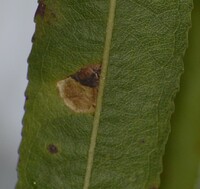
| Recorded by: Tracy S. Feldman on 2022-08-15
Durham Co.
Comment: |

| Recorded by: Dean Furbish on 2022-07-11
Wake Co.
Comment: | 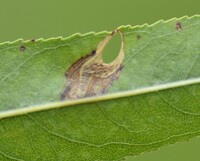
| Recorded by: Tracy S. Feldman on 2022-06-27
Durham Co.
Comment: |
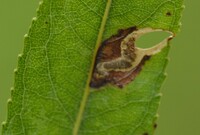
| Recorded by: Tracy S. Feldman on 2022-06-27
Durham Co.
Comment: | 
| Recorded by: Tracy S. Feldman on 2019-08-26
Moore Co.
Comment: An empty mine on Salix nigra. Larvae produce tiny widening linear mines like this one and cut elliptical holes at the ends. The excised leaf segments are used to construct a pupal case. |
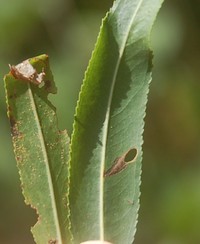
| Recorded by: Tracy S. Feldman on 2019-08-26
Moore Co.
Comment: An empty mine on Salix nigra. Larvae produce tiny widening linear mines like this one and cut elliptical holes at the ends. The excised leaf segments are used to construct a pupal case. | 
| Recorded by: Tracy S. Feldman on 2019-07-17
Wake Co.
Comment: Note the dark frass inside; the larvae at the top was dead. |

| Recorded by: Tracy S. Feldman on 2019-07-17
Wake Co.
Comment: | 
| Recorded by: Tracy S. Feldman on 2019-07-17
Wake Co.
Comment: |
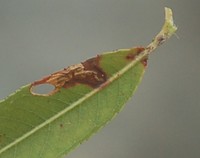
| Recorded by: Tracy S. Feldman on 2018-07-25
Wake Co.
Comment: | 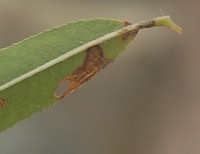
| Recorded by: Tracy S. Feldman on 2018-07-25
Wake Co.
Comment: An empty mine on Salix nigra. Larvae produce tiny widening linear mines like this one and cut elliptical holes at the ends. The excised leaf segments are used to construct a pupal case. |
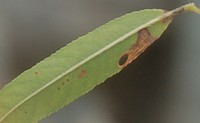
| Recorded by: Tracy S. Feldman on 2018-07-25
Wake Co.
Comment: |

 »
»



 »
»

